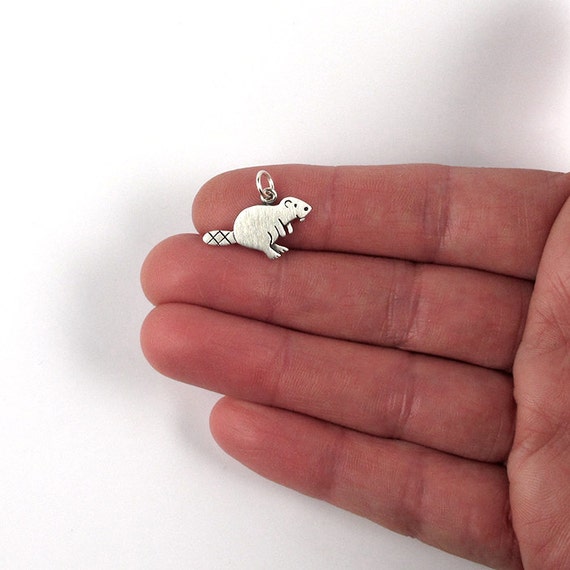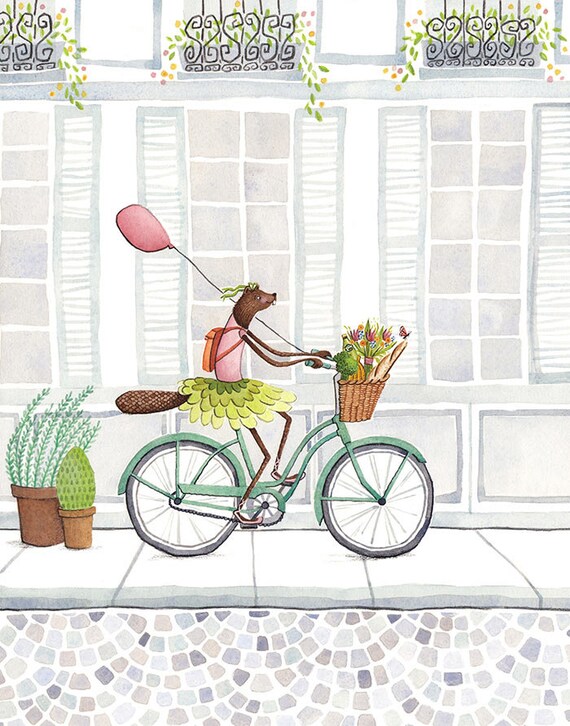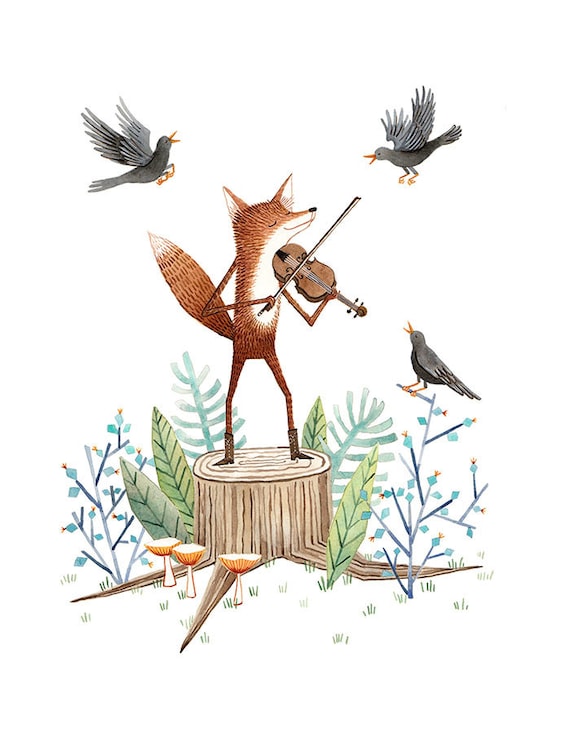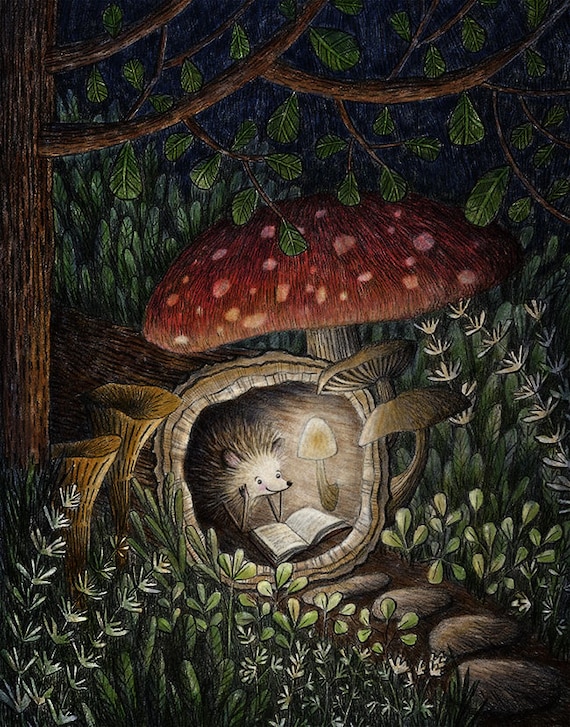Some days I just can’t keep up with the hot number of good news stories reported about beavers. I’m already over the moon because Jon picked up the generous puppet donation from Folkmanis yesterday and we received our posters back from the printer. Didn’t this illustration of Alex Riley’s quote, my design and Coyote Brush Studios‘ beautiful artwork turn out extraordinary?

The plan is to sell these at the festival and by mail, although we haven’t settled on a price yet and technically they’ll be thank you gifts for donations, not sales! They are 18 x 24 and would make a wonderful classroom or visitor’s center poster!
As if that wasn’t exciting enough, this morning there’s a fantastic story out of Alberta about the always inspiring Cows and Fish teaming up with the Miistakis institute to undertake a massive survey an beaver education project, to learn how best approach the landowners.
Beavers: love them, hate them or ambivalent?
A recently launched survey seeks to learn Alberta landowners’ attitudes about one of Canada’s national symbols. Alberta’s Cows and Fish society has partnered with the Miistakis Institute, a non-profit research group associated with Mount Royal University, on a survey to assess landowners’ knowledge and perception about beavers, their habitat and their management.
There are benefits and drawbacks to having beavers on the property, and survey results will be used to further develop education and outreach on the role of beavers in the ecosystem.
“Beavers are a really important keystone species in our ecosystems and they provide some really critical function within our watersheds, and people don’t know a lot of that,”said Miistakis executive director Danah Duke. “We recognize that beavers cause a lot of damage. They take down trees, they flood areas. We recognize that and we recognize that in order for people to be able to coexist with beavers, we need to be able to manage beavers.”
Duke said she suspects many people don’t realize all the benefits beavers provide, such as raising the water table, slowing stream flow, creating habitat for biological diversity and making stopgaps against drought.
“Beaver ponds retain water 50 percent longer than stream sections with no beaver activity, so in times when water is scarce, we find places that have beavers and beaver ponds, water stays on the landscape longer.”
Anyone in Alberta is welcome to take the survey, but the project is aimed at southern Alberta for the moment, said Duke. Organizers are hoping to receive at least 400 responses so that they have statistically significant results.
I am so beyond impressed with the good work Cows and Fish is doing and has been doing since long before Martinez started to play. You can check out the great survey here, I was already their outlier this morning. It’s well done and obviously sneaks in a little education at the same time as it asks questions. Just check out this question which must come as close as a beaver survey can to being a push-poll.
 I sure hope during their data analysis they recognize me and wave hello!
I sure hope during their data analysis they recognize me and wave hello!
A final burst of good news just came from author Ben Goldfarb who is writing the newest book on beavers. He just found out he is the winner of the Aldo Leopold Mi Casita fellowship which means he gets to write his book at Leopold’s home in Taos. It’s a huge honor and beavers and Ben couldn’t deserve it more.
Wolves, beavers and the land ethic are the areas of interest for this year’s participants in the Aldo and Estella Leopold Residency Program, which is now in its fifth year. The residents will spend a month in late summer at the Leopolds’ first home located on U.S. Forest Service land in Tres Piedras.
Ben Goldfarb, a science and environment writer from New Haven, Connecticut, will continue working on a book project about the ecological and hydrological benefits of North American beaver restoration.
 In fall 1912, Aldo Leopold, then the newly appointed supervisor of the Carson National Forest, married Estella Luna Otero Bergere, a prominent daughter of Santa Fe. They moved into their new house, called “Mi Casita.”
In fall 1912, Aldo Leopold, then the newly appointed supervisor of the Carson National Forest, married Estella Luna Otero Bergere, a prominent daughter of Santa Fe. They moved into their new house, called “Mi Casita.”
It was at Mi Casita that Aldo Leopold found his footing as a leader in forestry and conservation. He once described conservation as “the slow and laborious unfolding of a new relationship between people and land.”
The U.S. Forest Service restored the Leopold house in 2007 and has joined with other residency partners to make it available for the Aldo and Estella Leopold Residency Program.
The sponsors of the residency program aimed to promote a transformative “unfolding” by inviting conservation-minded writers, artists, teachers, professionals and practitioners to Mi Casita. Each resident receives a stipend of $500 to help defray travel and living expenses.
Ben says the residence committee was certain Aldo would approve, and we of course agree. He notes that Aldo’s son Luna who wrote so much about fluvial geomorpology never mentioned beavers. But here’s a secret fun fact. Luna was the dissertation chair of Ann Riley who’s recent book on restoring neighborhood streams has a chapter on the Martinez Beavers.
So I think this was all meant to be, don’t you?
 Wednesday’s have always had a special place in my heart ever since Nov 7, 2007 when I tremulously attended the very first city council meeting on beavers I believe Martinez has ever held. It definitely changed the fate of this city and it certainly changed my life. It may have been the first meeting about beavers but it apparently will not be the last. Tonight the city moves to approve the plan for the Lower Alhambra Creek Watershed Management, which discusses guess WHAT?
Wednesday’s have always had a special place in my heart ever since Nov 7, 2007 when I tremulously attended the very first city council meeting on beavers I believe Martinez has ever held. It definitely changed the fate of this city and it certainly changed my life. It may have been the first meeting about beavers but it apparently will not be the last. Tonight the city moves to approve the plan for the Lower Alhambra Creek Watershed Management, which discusses guess WHAT?








 In fall 1912, Aldo Leopold, then the newly appointed supervisor of the Carson National Forest, married Estella Luna Otero Bergere, a prominent daughter of Santa Fe. They moved into their new house, called “Mi Casita.”
In fall 1912, Aldo Leopold, then the newly appointed supervisor of the Carson National Forest, married Estella Luna Otero Bergere, a prominent daughter of Santa Fe. They moved into their new house, called “Mi Casita.”






















































